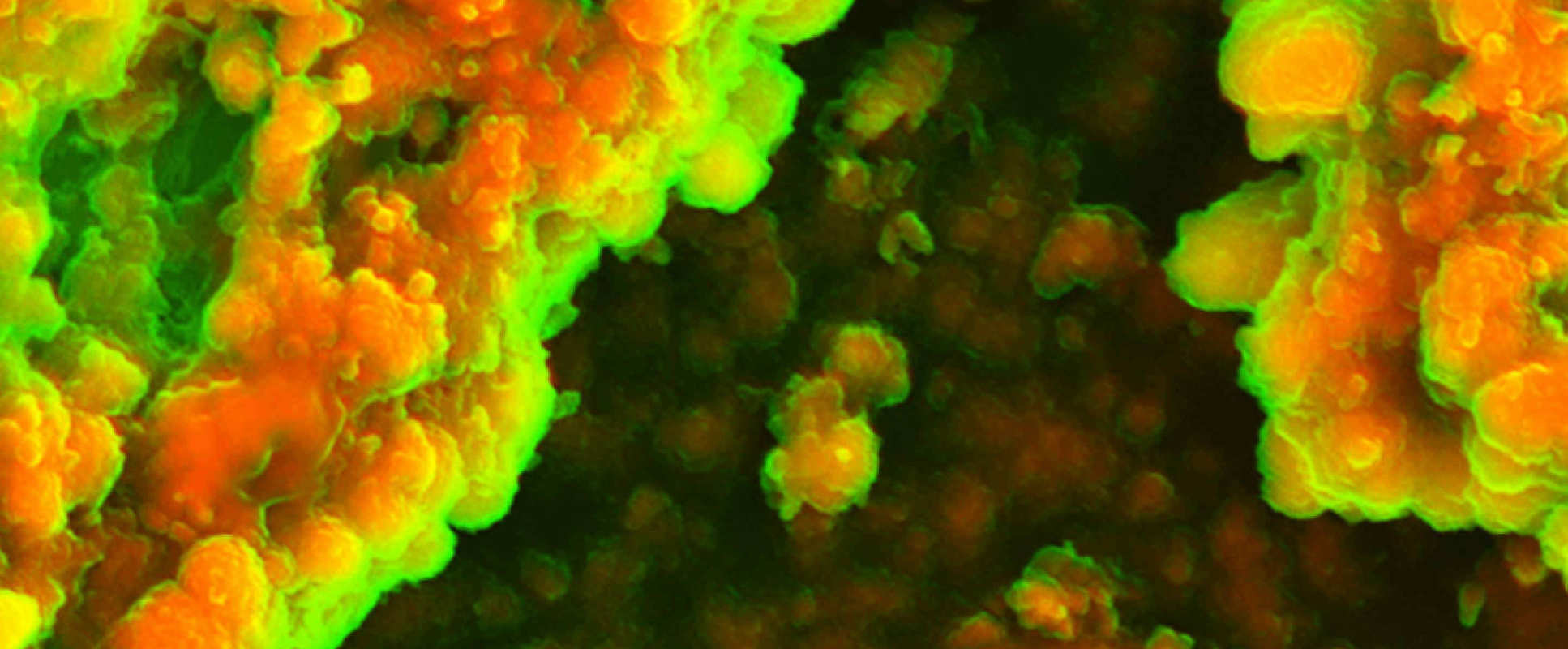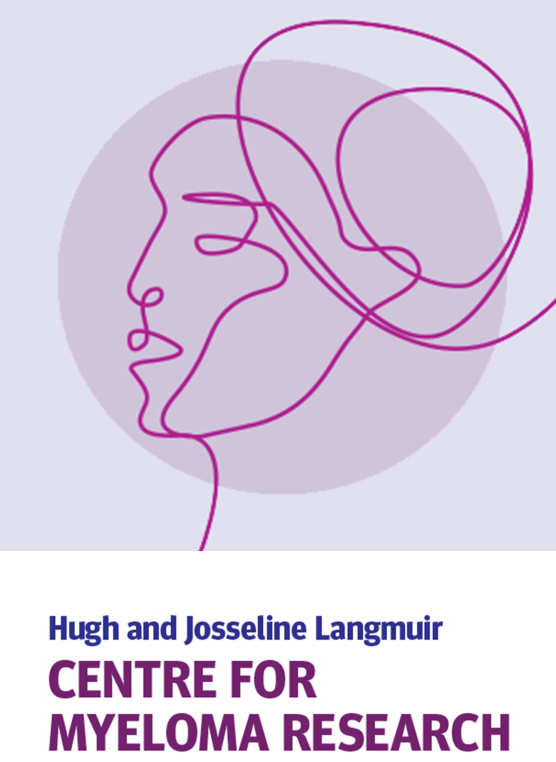BibTex format
@article{Auner:2017:10.3324/haematol.2017.181339,
author = {Auner, HW and Iacobelli, S and Sbianchi, G and Knol-Bout, C and Blaise, D and Russell, NH and Apperley, JF and Pohlreich, D and Browne, P and Kobbe, G and Isaksson, C and Lenhoff, S and Scheid, C and Touzeau, C and Jantunen, E and Anagnostopoulos, A and Yakoub-Agha, I and Tanase, A and Schaap, N and Wiktor-Jedrzejczak, W and Krejci, M and Schönland, SO and Morris, C and Garderet, L and Kröger, N},
doi = {10.3324/haematol.2017.181339},
journal = {Haematologica},
pages = {514--521},
title = {Melphalan 140mg/m2 or 200mg/m2 for autologous transplantation in myeloma: results from the Collaboration to Collect Autologous Transplant Outcomes in Lymphoma and Myeloma (CALM) study. A report by the EBMT Chronic Malignancies Working Party},
url = {http://dx.doi.org/10.3324/haematol.2017.181339},
volume = {103},
year = {2017}
}
RIS format (EndNote, RefMan)
TY - JOUR
AB - Melphalan at a dose of 200mg/m2 is standard conditioning prior to autologous haematopoietic stem cell transplantation for multiple myeloma, but a dose of 140mg/m2 is often used in clinical practice in patients perceived to be at risk of excess toxicity. To determine if melphalan 200 and melphalan 140 are equally effective and tolerable in clinically relevant patient subgroups we analysed 1964 first single autologous transplantation episodes using a series of Cox proportional-hazards models. Overall survival, progression-free survival, cumulative incidence of relapse, non-relapse mortality, haematopoietic recovery and second primary malignancy rates were not significantly different between the melphalan 140 (n=245) and melphalan 200 (n=1719) groups. Multivariable subgroup analysis showed that disease status at transplantation interacted with overall survival, progression-free survival, and cumulative incidence of relapse, with a significant advantage associated with melphalan 200 in patients transplanted in less than partial response (adjusted hazard ratios for melphalan 200 versus melphalan 140: 0.5, 0.54, and 0.56). In contrast, transplantation in very good partial or complete response significantly favoured melphalan 140 for overall survival (adjusted hazard ratio: 2.02). Age, renal function, prior proteasome inhibitor treatment, gender, or Karnofsky score did not interact with overall/progression-free survival or relapse rate in the melphalan dose groups. There were no significant survival or relapse rate differences between melphalan 200 and melphalan 140 patients with high-risk or standard-risk chromosomal abnormalities. In conclusion, remission status at the time of transplantation may favour melphalan 200 or melphalan 140 for key transplant outcomes (NCT01362972).
AU - Auner,HW
AU - Iacobelli,S
AU - Sbianchi,G
AU - Knol-Bout,C
AU - Blaise,D
AU - Russell,NH
AU - Apperley,JF
AU - Pohlreich,D
AU - Browne,P
AU - Kobbe,G
AU - Isaksson,C
AU - Lenhoff,S
AU - Scheid,C
AU - Touzeau,C
AU - Jantunen,E
AU - Anagnostopoulos,A
AU - Yakoub-Agha,I
AU - Tanase,A
AU - Schaap,N
AU - Wiktor-Jedrzejczak,W
AU - Krejci,M
AU - Schönland,SO
AU - Morris,C
AU - Garderet,L
AU - Kröger,N
DO - 10.3324/haematol.2017.181339
EP - 521
PY - 2017///
SN - 0390-6078
SP - 514
TI - Melphalan 140mg/m2 or 200mg/m2 for autologous transplantation in myeloma: results from the Collaboration to Collect Autologous Transplant Outcomes in Lymphoma and Myeloma (CALM) study. A report by the EBMT Chronic Malignancies Working Party
T2 - Haematologica
UR - http://dx.doi.org/10.3324/haematol.2017.181339
UR - http://hdl.handle.net/10044/1/55412
VL - 103
ER -

